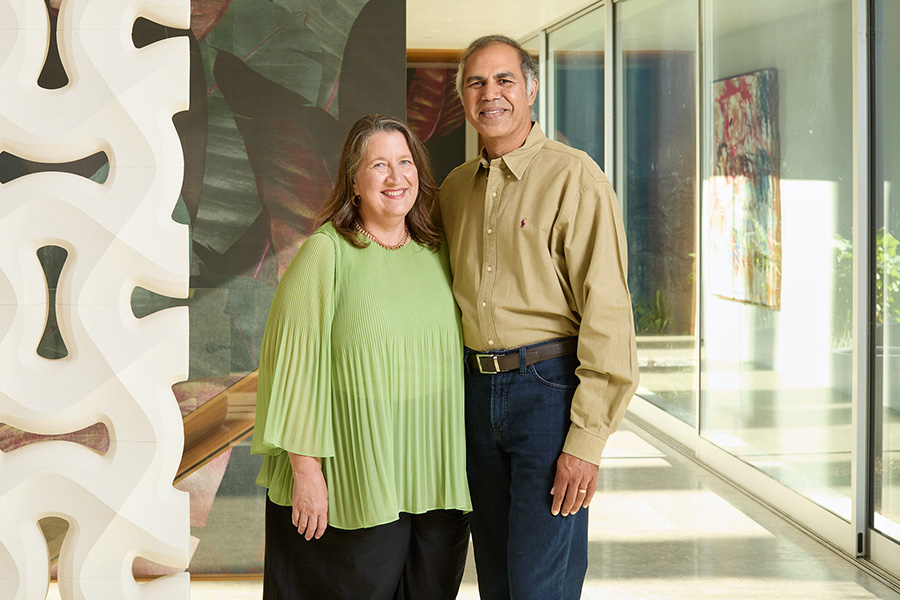More than 300 million people worldwide are living with rare disorders — many of which have a genetic cause and affect the brain and nervous system — yet the vast majority of these conditions lack an approved therapy….
Blog
-
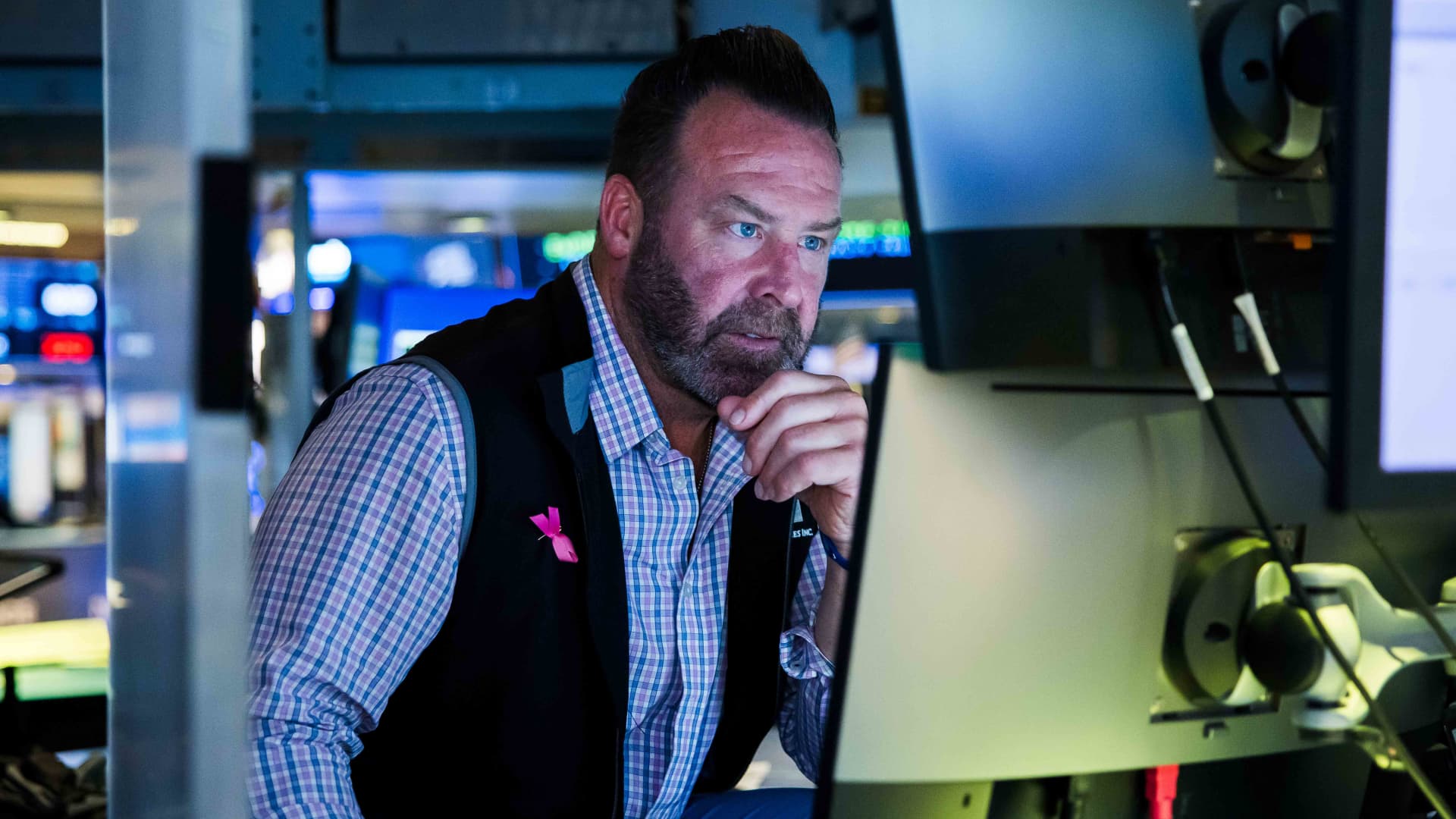
Global government bonds rise as Trump slaps new 100% tariffs on China
Traders work on the floor of the New York Stock Exchange.
NYSE
Bond yields reflect borrowing costs for the governments who issue them, but can have an effect on mortgage rates, investment returns, the wider economy and personal borrowing.
Certain markets have their own domestic issues at play. An uptick in unemployment in the U.K., political instability in France, and the ongoing U.S. government shutdown are also influencing investors in those respective markets, for example.
However, market watchers told CNBC that Tuesday’s rally in sovereign bonds was largely due to a broad move into safer assets. Alongside bonds, gold, the Japanese yen and the Swiss franc — all typically regarded as safe haven assets in times of uncertainty or volatility — moved higher.
Investors are seeking options to ride out fresh tariffs-induced volatility, according to Marc Ostwald, chief economist and global strategist at London’s ADM Investor Services.
“The move lower in [developed markets] yields is broad based, and a function of flight to safety due to rising volatility in risk assets, even if a lot of this is very knee-jerk, and as we saw yesterday can turn on sixpence into renewed risk appetite,” he said in an email.
Monday saw a brief reprieve for equities following Friday’s selloff, with Wall Street’s major averages clawing back some of the previous session’s losses, while European stocks also notched gains.
“It is all tied to the now typical ambiguous and posturing headlines and measures from the U.S. and China in respect of trade relations and negotiations, and unlikely to dissipate in the near term,” Ostwald added on Tuesday.
“Longer term concerns about political instability … and headwinds from the high level of government debt, which no DM government is doing anything to address, will tend to temper gains, [but] this week’s speeches at the IMF/World Bank … which may offer hints on relaxing bank capital rules with regards to purchases of [U.S. Treasurys] could also give bonds something of a tailwind,” he said in reference to the IMF and the World Bank’s Annual Meetings taking place in Washington, D.C., this week.
Broader risk appetite
Russ Mould, investment director at AJ Bell, agreed that the bond markets could be responding to a shift in overall sentiment.
“Western sovereign bond yields are moving lower, and thus prices are moving higher. This may be the result of an easing in risk appetite – Asian and European headline equity indices are generally down today, thanks to ongoing worries over U.S.-China trade relations,” he told CNBC via email on Tuesday.
Mould also pointed to broader concerns over the economy and key industries, with the high profile collapse of First Brands raising concerns and sending jitters through markets.
“[These are] worries which will not ease in the context of a profit warning from another company which supplies the car industry, namely France’s Michelin,” he said. “Yield curves are flattening a touch, too, again to perhaps reflect concerns over economic softness and to price in further interest rate cuts from central banks.”
Tim Hynes, head of credit research at Debtwire, also told CNBC on Tuesday that bonds were rallying due to concerns about the possible reignition of a Sino-U.S. trade war, attributing the market moves to “trade tension and growth fears.”
“The renewed U.S.–China trade escalation is tilting sentiment toward risk-off,” he said. “Investors, fearing weaker demand, are piling into government bonds.”
Continue Reading
-

Evidence of new endemic foci of the foodborne helminths Angiostrongylus spp. in rats in selected communities in the Philippines | Parasites & Vectors
Cowie RH. Angiostrongylus cantonensis: agent of a sometimes fatal globally emerging infectious disease (rat lungworm disease). ACS Chem Neurosci. 2017;8:2102–4. https://doi.org/10.1021/acschemneuro.7b00335.
…
Continue Reading
-

Chest mobility, cough strength, muscle strength, physical activity, and quality of life in parkinson’s patients who had COVID-19 | BMC Pulmonary Medicine
Our study, whose primary research aim was to investigate impacts of a confirmed history of COVID-19 on muscle strength, chest mobility, physical activity, cough force, and QOL in Parkinson’s patients, yielded important results. Among Parkinson…
Continue Reading
-

Hippo pathway suppression reprograms TNFα-primed glioblastoma extracellular vesicles transcripts cargo to drive mesenchymal stem/stromal cells vasculogenic mimicry | Cell Communication and Signaling
Xue J, Zhang J, Zhu J. Unraveling molecular signatures and prognostic biomarkers in glioblastoma: a comprehensive study on treatment resistance and personalized strategies. Discov Oncol. 2024;15(1):743.
Google Scholar
Seker-Polat F, Pinarbasi Degirmenci N, Solaroglu I, Bagci-Onder T. Tumor cell infiltration into the brain in glioblastoma: from mechanisms to clinical perspectives. Cancers (Basel). 2022;14(2):443.
Google Scholar
Skaga E, Kulesskiy E, Fayzullin A, Sandberg CJ, Potdar S, Kyttälä A, Langmoen IA, Laakso A, Gaál-Paavola E, Perola M, Wennerberg K, Vik-Mo EO. Intertumoral heterogeneity in patient-specific drug sensitivities in treatment-naïve glioblastoma. BMC Cancer. 2019;19(1):628.
Google Scholar
Dymova MA, Kuligina EV, Richter VA. Molecular mechanisms of drug resistance in glioblastoma. Int J Mol Sci. 2021;22(12):6385.
Google Scholar
Narsinh KH, Perez E, Haddad AF, Young JS, Savastano L, Villanueva-Meyer JE, Winkler E, de Groot J. Strategies to improve drug delivery across the blood-brain barrier for glioblastoma. Curr Neurol Neurosci Rep. 2024;24(5):123–39.
Google Scholar
White J, White MPJ, Wickremesekera A, Peng L, Gray C. The tumour microenvironment, treatment resistance and recurrence in glioblastoma. J Transl Med. 2024;22(1):540.
Google Scholar
Lv B, Wang Y, Ma D, Cheng W, Liu J, Yong T, Chen H, Wang C. Immunotherapy: reshape the tumor immune microenvironment. Front Immunol. 2022;13:844142.
Google Scholar
Casati G, Giunti L, Iorio AL, Marturano A, Galli L, Sardi I. Hippo pathway in regulating drug resistance of glioblastoma. Int J Mol Sci. 2021;22(24):13431.
Google Scholar
Masliantsev K, Karayan-Tapon L, Guichet PO. Hippo signaling pathway in gliomas. Cells. 2021;10(1):184.
Google Scholar
Kim MH, Kim J. Role of YAP/TAZ transcriptional regulators in resistance to anti-cancer therapies. Cell Mol Life Sci. 2017;74(8):1457–74.
Google Scholar
Saadh MJ, Ahmed HH, Kareem RA, Bishoyi AK, Roopashree R, Shit D, Arya R, Sharma A, Khaitov K, Sameer HN, Yaseen A, Athab ZH, Adil M. Molecular mechanisms of Hippo pathway in tumorigenesis: therapeutic implications. Mol Biol Rep. 2025;52(1):267.
Google Scholar
Yang D, Zhang N, Li M, Hong T, Meng W, Ouyang T. The Hippo signaling pathway: the trader of tumor microenvironment. Front Oncol. 2021;11:772134.
Google Scholar
Azad T, Ghahremani M, Yang X. The role of YAP and TAZ in angiogenesis and vascular mimicry. Cells. 2019;8(5):407.
Google Scholar
Roy ME, Elimam R, Zgheib A, Annabi B. A role for the Hippo/YAP1 pathway in the regulation of in vitro vasculogenic mimicry in glioblastoma cells. J Cell Mol Med. 2024;28(24):e70304.
Google Scholar
Wei X, Chen Y, Jiang X, Peng M, Liu Y, Mo Y, Ren D, Hua Y, Yu B, Zhou Y, Liao Q, Wang H, Xiang B, Zhou M, Li X, Li G, Li Y, Xiong W, Zeng Z. Mechanisms of vasculogenic mimicry in hypoxic tumor microenvironments. Mol Cancer. 2021;20(1):7.
Google Scholar
Roy ME, Veilleux C, Paquin A, Gagnon A, Annabi B. Transcriptional regulation of CYR61 and CTGF by LM98: a synthetic YAP-TEAD inhibitor that targets in-vitro vasculogenic mimicry in glioblastoma cells. Anticancer Drugs. 2024;35(8):709–19.
Google Scholar
van Janse HJ, Taha Z. The Hippo pathway, immunity, and cancer: an update. J Cell Immunol. 2020;2(6):265–75.
Oceandy D, Amanda B, Ashari FY, Faizah Z, Azis MA, Stafford N. The cross-talk between the TNF-α and RASSF-Hippo signalling pathways. Int J Mol Sci. 2019;20(9):2346.
Google Scholar
Lu J, Hu Z, Deng Y, Wu Q, Wu M, Song H. MEKK2 and MEKK3 orchestrate multiple signals to regulate Hippo pathway. J Biol Chem. 2021;296:100400.
Google Scholar
Kabiraj P, Grund EM, Clarkson BDS, Johnson RK, LaFrance-Corey RG, Lucchinetti CF, Howe CL. Teriflunomide shifts the astrocytic bioenergetic profile from oxidative metabolism to Glycolysis and attenuates TNFα-induced inflammatory responses. Sci Rep. 2022;12(1):3049.
Google Scholar
Jena BC, Mandal M. The emerging roles of exosomes in anti-cancer drug resistance and tumor progression: an insight towards tumor-microenvironment interaction. Biochim Biophys Acta Rev Cancer. 2021;1875(1):188488.
Google Scholar
Semeradtova A, Liegertova M, Herma R, Capkova M, Brignole C, Del Zotto G. Extracellular vesicles in cancer´s communication: messages we can read and how to answer. Mol Cancer. 2025;24(1):86.
Google Scholar
Franceschi S, Lessi F, Morelli M, Menicagli M, Aretini P, Gambacciani C, Pieri F, Grimod G, Trapanese MG, Valenti S, Paiar F, Di Stefano AL, Santonocito OS, Pasqualetti F, Mazzanti CM. Exploring extracellular vesicle surface protein markers produced by glioblastoma tumors: A characterization study using in vitro 3D patient-derived cultures. Cancers (Basel). 2024;16(22):3748.
Google Scholar
Musatova OE, Rubtsov YP. Effects of glioblastoma-derived extracellular vesicles on the functions of immune cells. Front Cell Dev Biol. 2023;11:1060000.
Google Scholar
Becker A, Thakur BK, Weiss JM, Kim HS, Peinado H, Lyden D. Extracellular vesicles in cancer: Cell-to-cell mediators of metastasis. Cancer Cell. 2016;30(6):836–48.
Google Scholar
Gharib E, Veilleux V, Boudreau LH, Pichaud N, Robichaud GA. Platelet-derived microparticles provoke chronic lymphocytic leukemia malignancy through metabolic reprogramming. Front Immunol. 2023;14:1207631.
Google Scholar
Veilleux V, Pichaud N, Boudreau LH, Robichaud GA. Mitochondria transfer by platelet-derived microparticles regulates breast cancer bioenergetic States and malignant features. Mol Cancer Res. 2024;22(3):268–81.
Google Scholar
Gonzalez Suarez N, Fernandez-Marrero Y, Hébert MPA, Roy ME, Boudreau LH, Annabi B. EGCG inhibits the inflammation and senescence inducing properties of MDA-MB-231 triple-negative breast cancer (TNBC) cells-derived extracellular vesicles in human adipose-derived mesenchymal stem cells. Cancer Cell Int. 2023;23(1):240.
Google Scholar
Szklarczyk D, Gable AL, Nastou KC, Lyon D, Kirsch R, Pyysalo S, Doncheva NT, Legeay M, Fang T, Bork P, Jensen LJ, von Mering C. The STRING database in 2021: customizable protein-protein networks, and functional characterization of user-uploaded gene/measurement sets. Nucleic Acids Res. 2021;49(1):605–12.
Annabi B, Lee YT, Turcotte S, Naud E, Desrosiers RR, Champagne M, Eliopoulos N, Galipeau J, Béliveau R. Hypoxia promotes murine bone-marrow-derived stromal cell migration and tube formation. Stem Cells. 2003;21(3):337–47.
Google Scholar
Roy ME, Veilleux C, Annabi B. In vitro biomaterial priming of human mesenchymal stromal/stem cells: implication of the Src/JAK/STAT3 pathway in vasculogenic mimicry. Sci Rep. 2024;14(1):21444.
Google Scholar
Heng BC, Zhang X, Aubel D, Bai Y, Li X, Wei Y, Fussenegger M, Deng X. An overview of signaling pathways regulating YAP/TAZ activity. Cell Mol Life Sci. 2021;78(2):497–512.
Google Scholar
Varelas X. The Hippo pathway effectors TAZ and YAP in development, homeostasis and disease. Development. 2014;141(8):1614–26.
Google Scholar
Boopathy GTK, Hong W. Role of Hippo pathway-YAP/TAZ signaling in angiogenesis. Front Cell Dev Biol. 2019;7:49.
Google Scholar
Saab S, Chang OS, Nagaoka K, Hung MC, Yamaguchi H. The potential role of YAP in Axl-mediated resistance to EGFR tyrosine kinase inhibitors. Am J Cancer Res. 2019;9(12):2719–29.
Google Scholar
Yamaguchi H, Taouk GM. A potential role of YAP/TAZ in the interplay between metastasis and metabolic alterations. Front Oncol. 2020;10:928.
Google Scholar
Yang W, Zhang M, Zhang TX, Liu JH, Hao MW, Yan X, Gao H, Lei QY, Cui J, Zhou X. YAP/TAZ mediates resistance to KRAS inhibitors through inhibiting proapoptosis and activating the SLC7A5/mTOR axis. JCI Insight. 2024;9(24):e178535.
Google Scholar
Tang TT, Konradi AW, Feng Y, Peng X, Ma M, Li J, Yu FX, Guan KL, Post L. Small molecule inhibitors of TEAD auto-palmitoylation selectively inhibit proliferation and tumor growth of NF2-deficient mesothelioma. Mol Cancer Ther. 2021;20(6):986–98.
Google Scholar
Paul S, Hagenbeek TJ, Tremblay J, Kameswaran V, Ong C, Liu C, Guarnaccia AD, Mondo JA, Hsu PL, Kljavin NM, Czech B, Smola J, Nguyen DAH, Lacap JA, Pham TH, Liang Y, Blake RA, Gerosa L, Grimmer M, Xie S, Daniel B, Yao X, Dey A. Cooperation between the Hippo and MAPK pathway activation drives acquired resistance to TEAD Inhibition. Nat Commun. 2025;16(1):1743.
Google Scholar
Chapeau EA, Sansregret L, Galli GG, Chène P, Wartmann M, Mourikis TP, Jaaks P, Baltschukat S, Barbosa IAM, Bauer D, Brachmann SM, Delaunay C, Estadieu C, Faris JE, Furet P, Harlfinger S, Hueber A, Jiménez E Núñez, Kodack DP, Mandon E, Martin T, Mesrouze Y, Romanet V, Scheufler C, Sellner H, Stamm C, Sterker D, Tordella L, Hofmann F, Soldermann N, Schmelzle T. Direct and selective Pharmacological disruption of the YAP-TEAD interface by IAG933 inhibits Hippo-dependent and RAS-MAPK-altered cancers. Nat Cancer. 2024;5(7):1102–20. Erratum in: Nat Cancer. 2024;5(7):1130.
Google Scholar
Chène P. Direct Inhibition of the YAP: TEAD interaction: an unprecedented drug discovery challenge. ChemMedChem. 2024;19(19):e202400361.
Google Scholar
Beck S, Hochreiter B, Schmid JA. Extracellular vesicles linking inflammation, cancer and thrombotic risks. Front Cell Dev Biol. 2022;10:859863.
Google Scholar
Liu YJ, Wang C. A review of the regulatory mechanisms of extracellular vesicles-mediated intercellular communication. Cell Commun Signal. 2023;21(1):77.
Google Scholar
Xiang H, Bao C, Chen Q, Gao Q, Wang N, Gao Q, Mao L. Extracellular vesicles (EVs)’ journey in recipient cells: from recognition to cargo release. J Zhejiang Univ Sci B. 2024;25(8):633–55.
Google Scholar
Annabi B, Naud E, Lee YT, Eliopoulos N, Galipeau J. Vascular progenitors derived from murine bone marrow stromal cells are regulated by fibroblast growth factor and are avidly recruited by vascularizing tumors. J Cell Biochem. 2004;91(6):1146–58.
Google Scholar
Bergers G. Bone marrow-derived cells in GBM neovascularization. In: Meir E, editor. CNS cancer. cancer.Drug discovery and development. Humana; 2009. https://doi.org/10.1007/978-1-60327-553-8_31.
Kim H, Son S, Ko Y, Lee JE, Kim S, Shin I. YAP, CTGF and Cyr61 are overexpressed in tamoxifen-resistant breast cancer and induce transcriptional repression of ERα. J Cell Sci. 2021;134(11):jcs256503.
Google Scholar
Kumar R, Hong W. Hippo signaling at the hallmarks of cancer and drug resistance. Cells. 2024;13(7):564.
Google Scholar
Schulz JA, Rodgers LT, Kryscio RJ, Hartz AMS, Bauer B. Characterization and comparison of human glioblastoma models. BMC Cancer. 2022;22(1):844.
Google Scholar
Pouyan A, Ghorbanlo M, Eslami M, Jahanshahi M, Ziaei E, Salami A, Mokhtari K, Shahpasand K, Farahani N, Meybodi TE, Entezari M, Taheriazam A, Hushmandi K, Hashemi M. Glioblastoma multiforme: insights into pathogenesis, key signaling pathways, and therapeutic strategies. Mol Cancer. 2025;24(1):58.
Google Scholar
Continue Reading
-
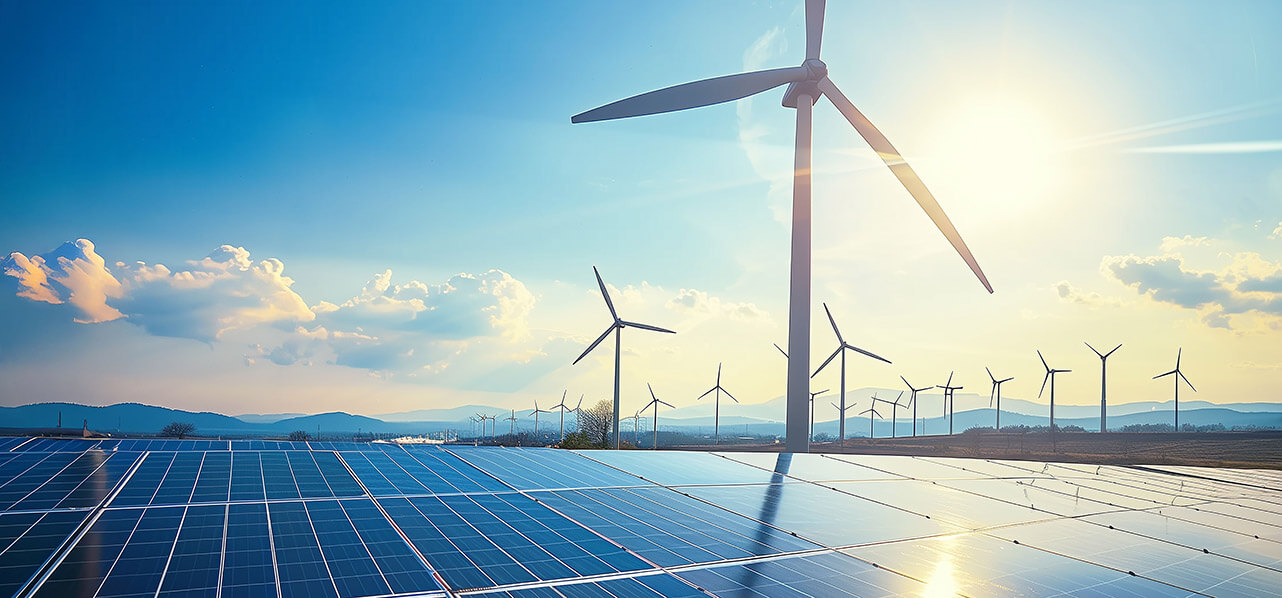
WFW advises Eiffel Investment Group on acquisition of 50% stake in 270 MW TotalEnergies Renouvelables France renewables portfolio
Watson Farley & Williams (“WFW”) advised Eiffel Investment Group on its acquisition of a 50% stake in a 270 MW French wind and solar portfolio from TotalEnergies Renouvelables France, valued €265m.
TotalEnergies retains a 50% stake in the portfolio and will continue to operate the assets and distribute the majority of the energy produced.
Eiffel Investment Group is a French asset management firm with approximately €7bn AUM. With an investor base comprising large institutional investors and retail investors via intermediated distribution, it delivers strong industrial expertise, particularly in the field of energy transition.
Paris-headquartered TotalEnergies is a multi-energy company that puts sustainable development at the heart of all its projects and operations. With 30+ GW of gross renewable capacity, it aims to reach 35 GW by the end of 2025 and 100+ TWh net electricity production by 2030.
The multidisciplinary WFW Paris team that advised Eiffel Investment Group was led by Regulatory and Public Law Partner Laurent Battoue, assisted by Partner Thomas Rabain on corporate and M&A matters. They were supported notably by Counsel Antoine Bois-Minot and Associate Lucile Mazoué. Finance expertise was provided by Partner Laurence Martinez-Bellet, with Partner Romain Girtanner advising on the tax aspects of the transaction.
All the above partners were supported by their respective teams of counsel, senior associates and associates.
Continue Reading
-

Scientists Unearth 200,000-Year-Old DNA—In a Place It Shouldn’t Have Survived
The study, led by the University of Tübingen and published in Nature Ecology & Evolution, marks a major advance in ancient DNA recovery. It challenges long-held assumptions that genetic material can only survive for millennia in frozen or…
Continue Reading
-
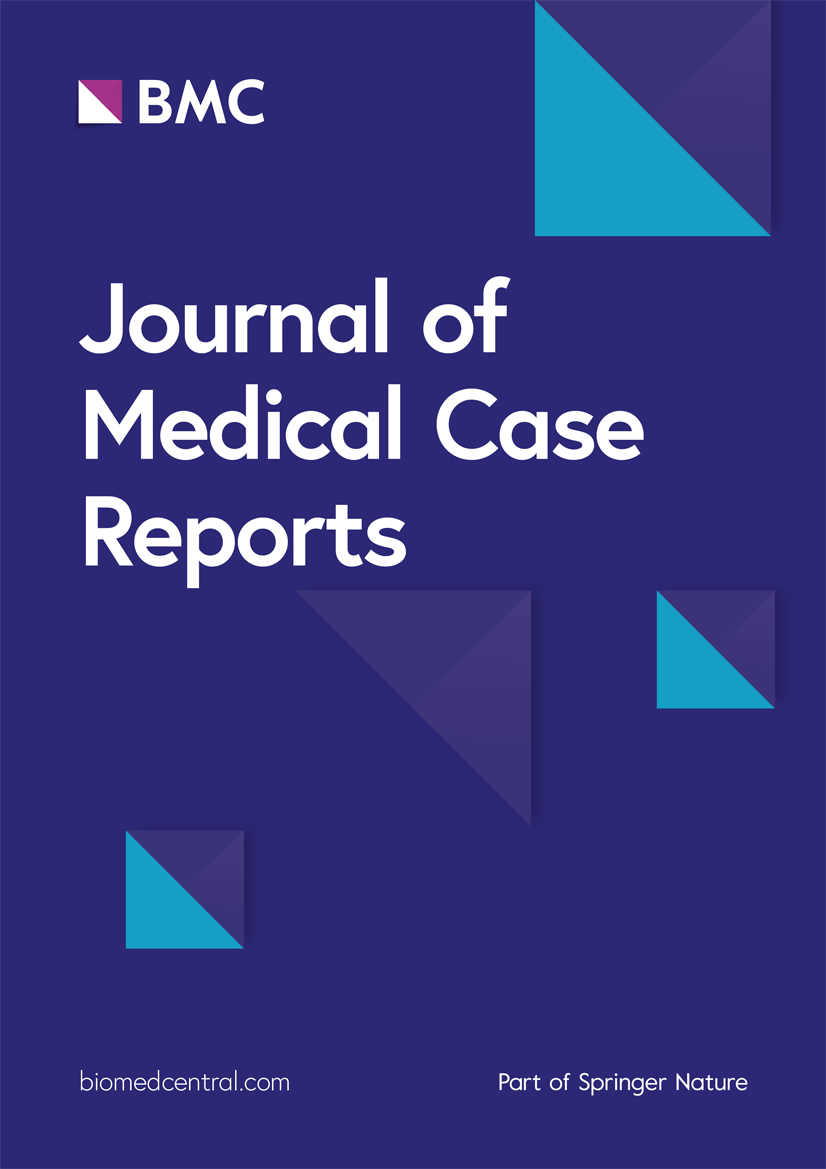
Transient epileptic amnesia: temporal progression of partially treated disease—a case report | Journal of Medical Case Reports
This patient, with an unremarkable background history, had several episodes of transient, anterograde amnesia with preserved consciousness and language abilities before a formal diagnosis of TEA was made. The initial diagnosis was difficult and…
Continue Reading
-

Table tennis has given me everything. It’s literally my life.
Hana Goda: Ambitions in Tunis
Goda’s goals for the tournament are bold yet grounded.
“I’m competing in teams, singles, doubles, and mixed doubles. Winning all four would be ideal, but I’m not putting too much pressure on myself. My main…
Continue Reading
-
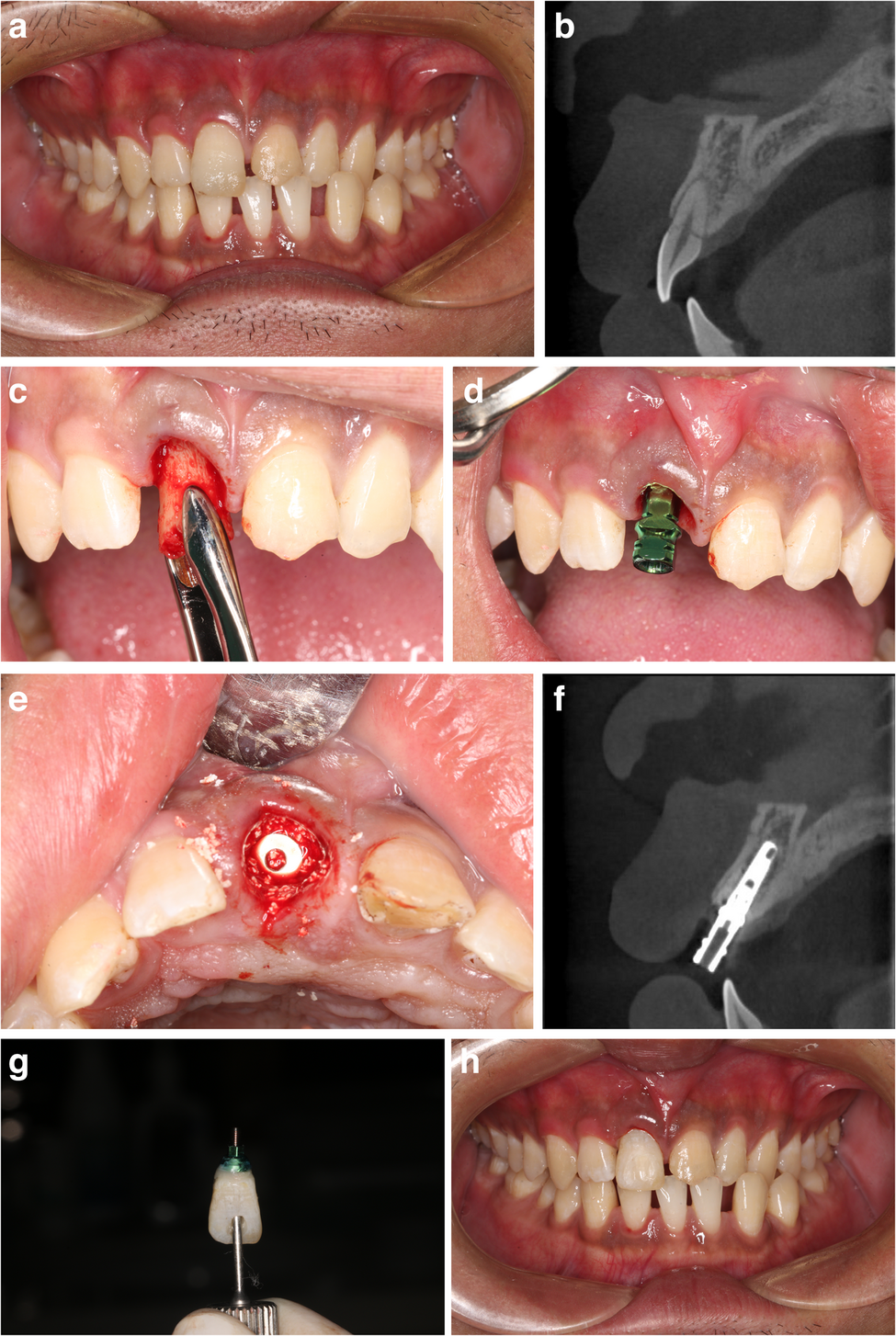
Immediate implant placement for single failed maxillary anterior teeth after trauma: a case-series study | BMC Oral Health
Patients and study design
A review of the medical records of individuals who underwent immediate placement of dental implants following injuries to their teeth was performed. During the period spanning from January 2014 to December 2021, patients…
Continue Reading
